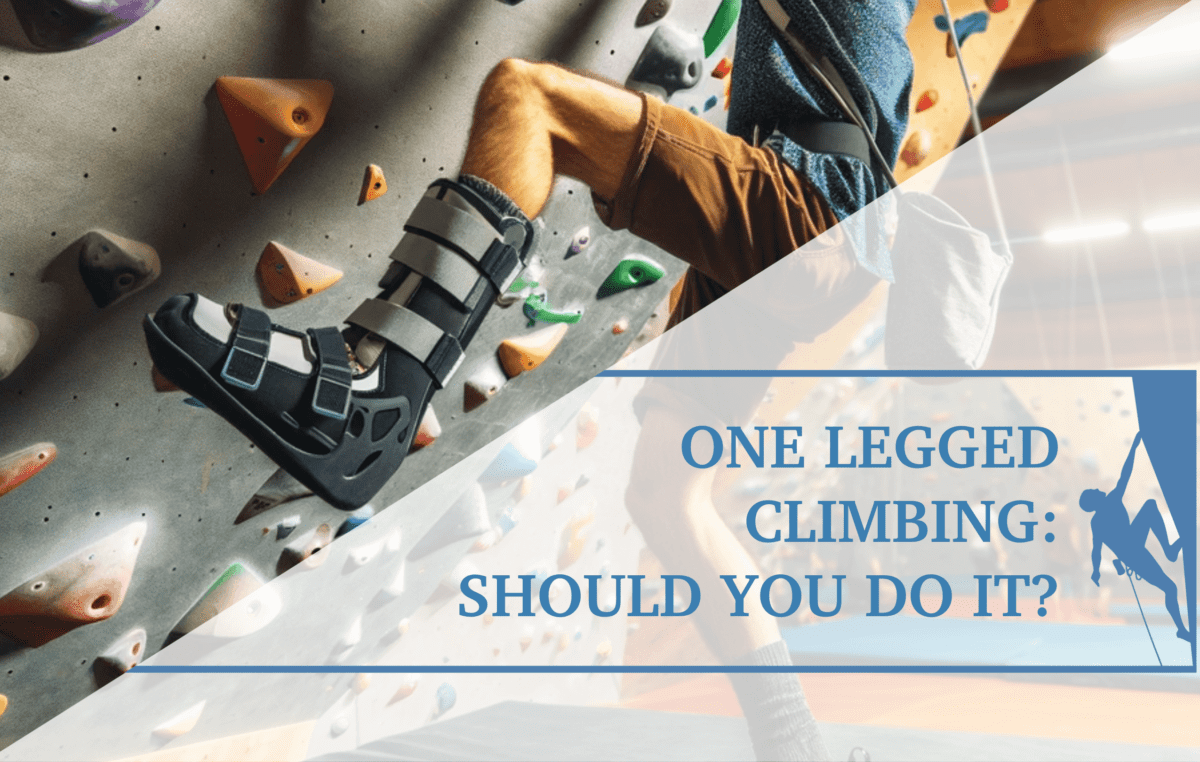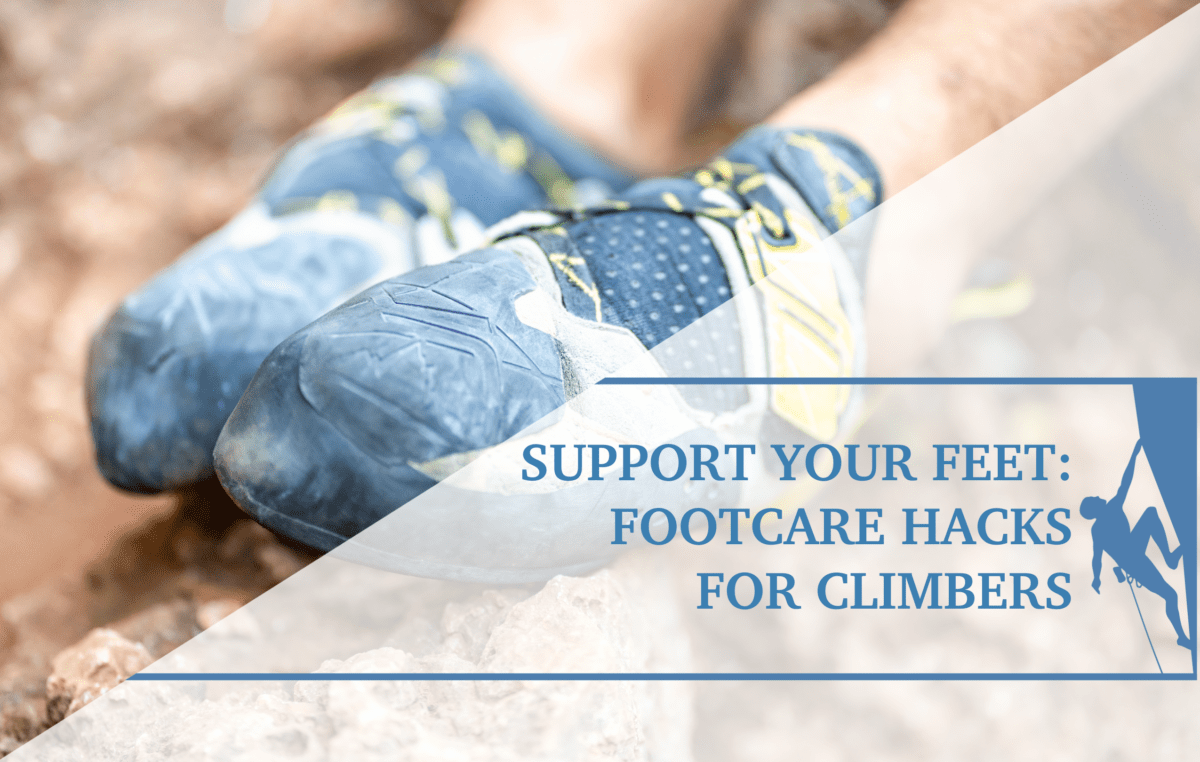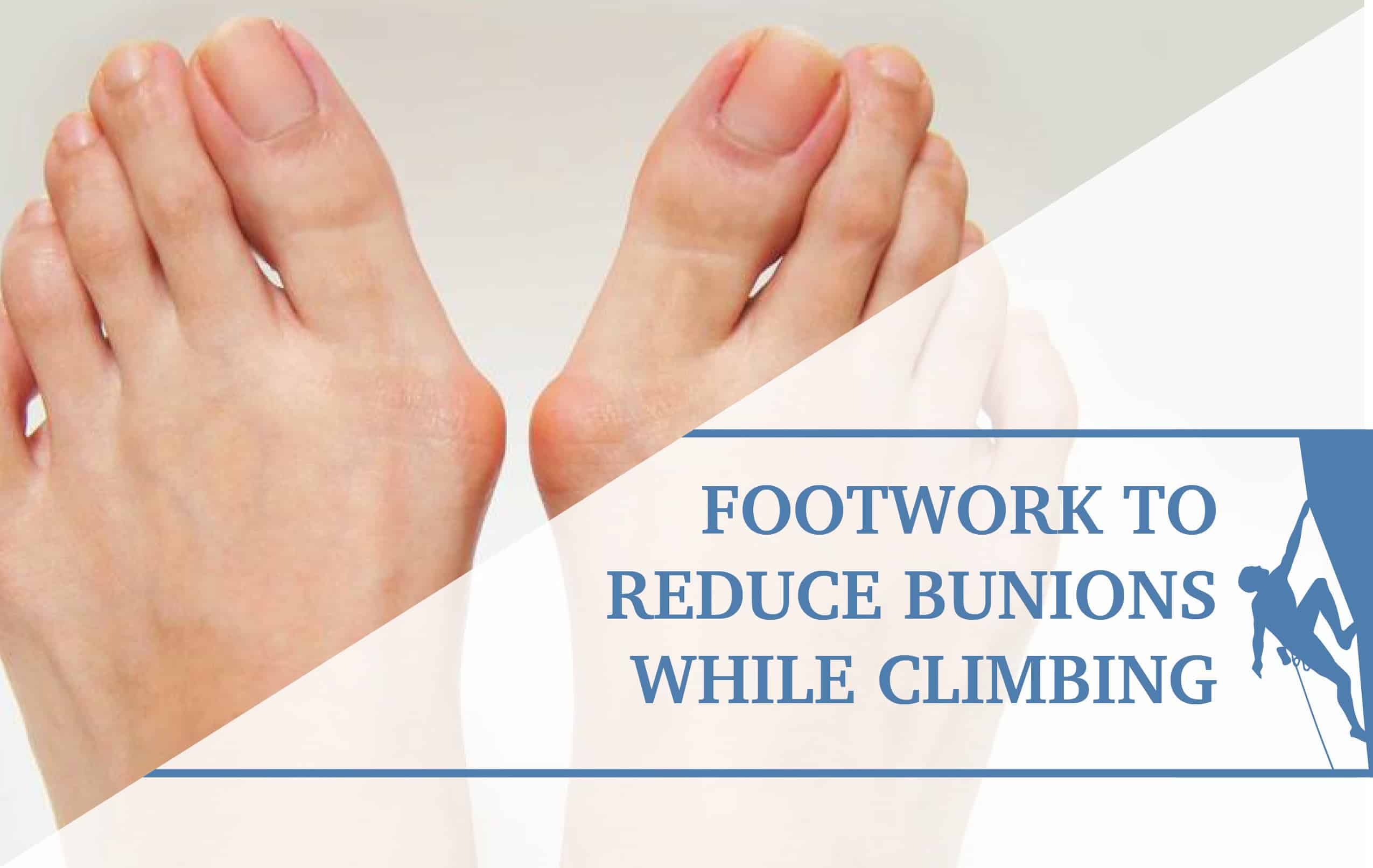How Your Footwear Affects Your Feet
I vividly remember one of my first experiences climbing in a gym. As I was being shown around by a staff member, he shared with me how amazing climbing was and the positive changes he had seen in his life as a result. Our conversation transitioned to my struggle with choosing the right pair of climbing shoes and getting the correct size. He proudly showed off the peculiar bumps on his toes, proclaiming that if I started climbing regularly, I too would develop these “badges of honor.” It was then that I realized that in climbing culture, discomfort in footwear was almost expected. In fact, 80-90% of climbers report feeling pain as a result of wearing climbing shoes. This notion stems from a time when there were no specialized shoes for climbing, and climbers would use regular dress shoes with pointed toe boxes. To meet the demands of the sport, these shoes had to be downsized to an uncomfortable level. Unfortunately, this outdated practice still persists today. A study found that on average, climbers reduce their shoe size by nearly 4 UK sizes when choosing climbing-specific shoes, resulting in approximately a 1.3 inch difference. However, this harmful practice can have long-term detrimental effects on the complex anatomy of our feet.
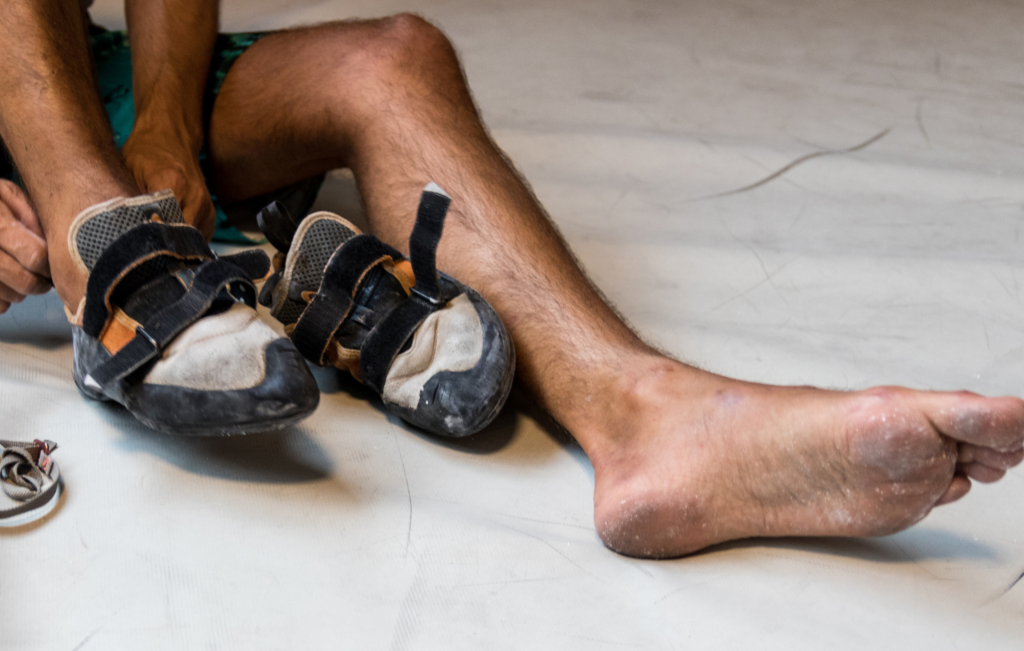
One of the conditions that climbers are predisposed to developing due to tight-fitting climbing shoes is Hallux Valgus, commonly known as bunions. Bunions can occur for several reasons, including genetics, shoe choice, flat feet, and tight Achilles tendons. Climbers are particularly susceptible to developing bunions due to the years of squeezing their feet into tight shoes in the pursuit of climbing harder routes. While bunions alone may not necessarily require surgery, when accompanied by pain and changes in gait, surgical intervention may be necessary to correct this avoidable problem.
So, what exactly is Hallux Valgus? It is when the big toe, also known as the hallux, starts to drift laterally or towards the other toes. This leads to an increase in the intermetatarsal angle, causing lateral capsule contracture and displacement of the first metatarsal head off the sesamoid bones. In severe cases, the second and third toes may also become deformed and start to cross over.
If you find yourself immediately taking off your climbing shoes the moment your feet touch the ground after a hard climbing session, it’s important to pay attention to certain symptoms. Do you experience pain, redness, or swelling in your first MTP joint (big toe joint)? Do you notice a “bump” at the base of your big toe? Are you developing calluses where your first and second toes rub together? Does your big toe feel stiff or difficult to move? If any of these symptoms resonate with you, it could be a sign that you are developing Hallux Valgus.
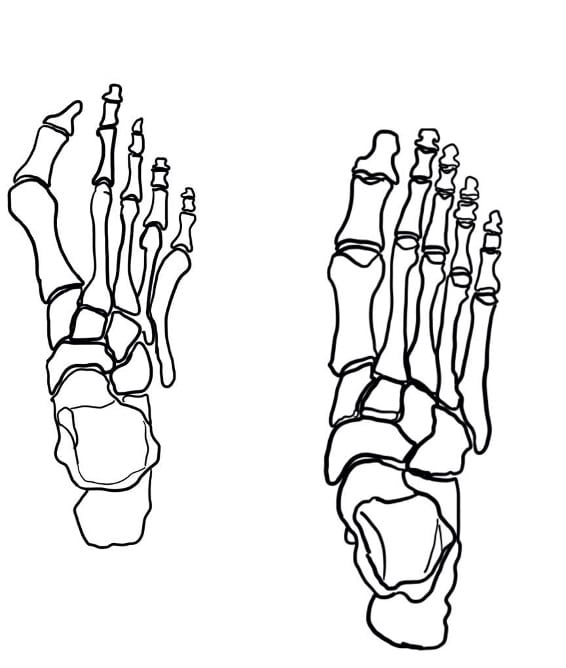
Can I Prevent This?
Fortunately, there are steps you can take to prevent or correct the development of bunions. One crucial factor is to properly size your climbing shoes and street shoes. It’s essential to avoid wearing shoes that are too small, as they can cause unnecessary pressure on the toes and contribute to the formation of bunions. Make sure that your toes do not come into contact with the sides or front of your street shoes, and choose street shoes with wide toe boxes that allow your feet to rest in their anatomically correct position.
Additionally, taking the time to stretch out your feet after a long day of climbing or training can also be beneficial. Gentle foot stretches can help relieve tension and promote flexibility in the feet, which can aid in preventing foot problems such as bunions.
Stretch it out:
- Toe Yoga: Sit on a chair with your feet flat on the floor. Slowly extend your big toe off the ground keeping your other toes relaxed. Hold for a few seconds, then relax. Next, extend your second-fifth toe off the ground keeping your big toe relaxed. Hold for a few seconds, then relax. Repeat 10-15 times.
- Toe Spreading: Sit on a chair with your feet flat on the floor. Spread your toes as wide as possible and hold for a few seconds, then relax. Repeat 10-15 times.
- Flexion stretch: Grab your big toe and gently push it away from you, while keeping the other toes relaxed. Hold for 15-30 seconds, then release. Repeat 2-3 times on each foot.
- Arch Strengthening: Place a towel on the floor. Stand barefoot and place one foot on top of the towel, with the toes gripping the towel. Use your foot muscles to scrunch up the towel towards you, then push it away. Repeat for 1-2 minutes, then switch feet.
Conclusion
Being mindful of the footwear we choose and how they affect our feet is crucial, especially for climbers who often subject their feet to prolonged use of tight-fitting shoes. Taking steps to properly size your shoes, choose shoes with wide toe boxes, and incorporate foot stretches into your routine can help prevent or correct foot problems like bunions and promote overall foot health. Your feet are the foundation of your climbing, so taking care of them is essential for enjoying the sport for years to come.
Disclaimer
The information provided above is for educational purposes only and is not intended to serve as medical advice. Always consult with a qualified healthcare professional, such as a physical therapist or podiatrist, before starting any new exercise or stretching routine, especially if you have a medical condition like Hallux Valgus. Individual circumstances may vary, and a healthcare professional can provide personalized recommendations based on your specific condition, health status, and any potential contraindications. It is important to prioritize your health and safety, and seek professional guidance for any concerns or questions you may have regarding your condition or treatment plan.
About The Author
Sammy Laslie is a Doctor of Physical Therapy student at Bellarmine University in Atlanta, GA. She enjoys rock climbing and is interested in rock climbing research.
References
- McHenry RD, Arnold GP, Wang W, Abboud RJ. Footwear in rock climbing: Current practice. Foot. 2015;25(3):152-158. doi:10.1016/j.foot.2015.07.007
- Schöffl V, Küpper T. Feet injuries in rock climbers. World J Orthop. 2013;4(4):218-228. Published 2013 Oct 18. doi:10.5312/wjo.v4.i4.218
- Disclaimer – The content here is designed for information & education purposes only and the content is not intended for medical advice.


